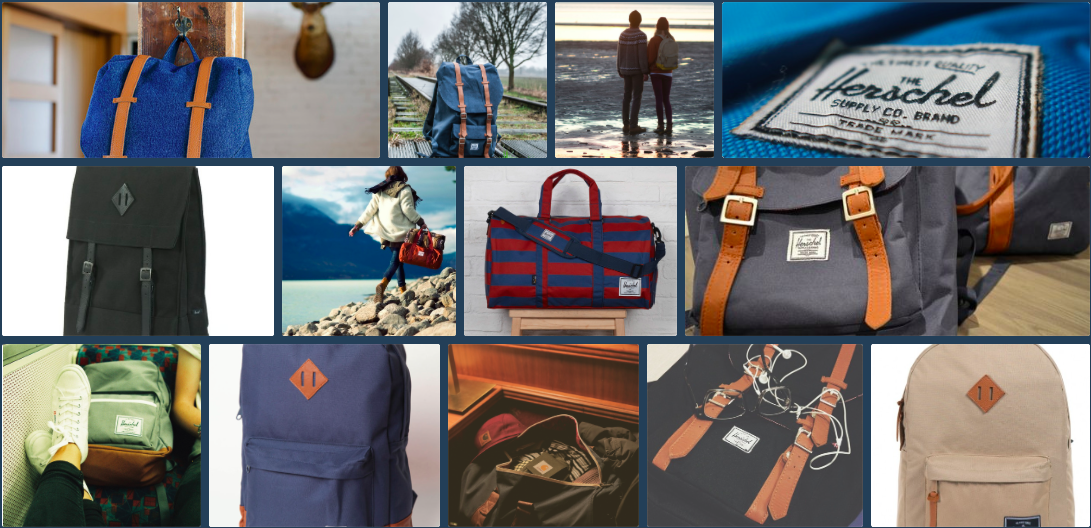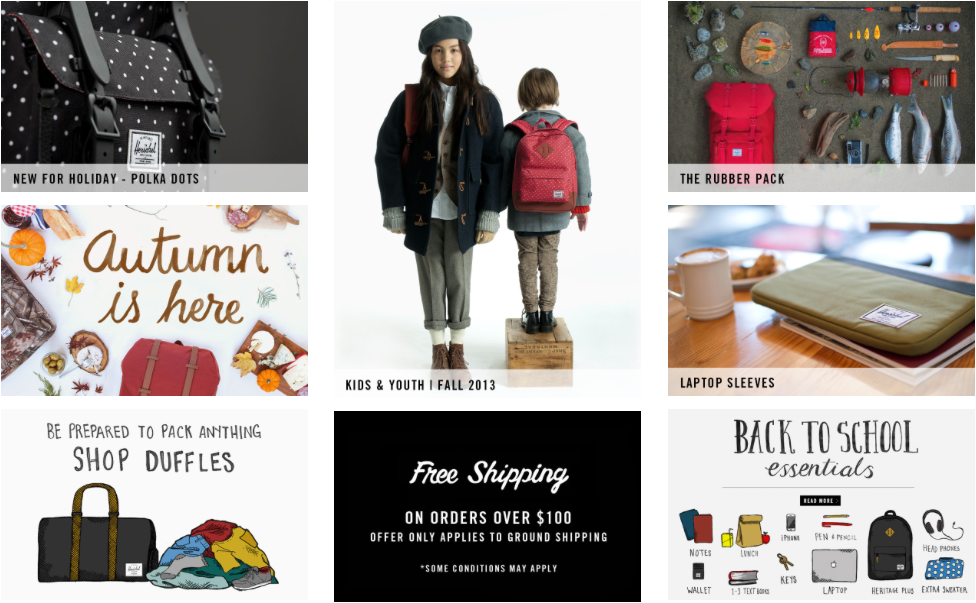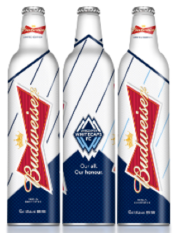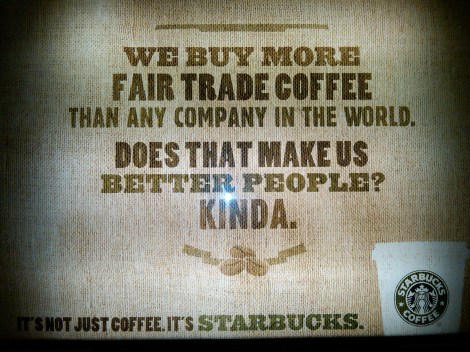
When our team was able to pick our first choice company of coca cola I was very excited to work on a project of a brand that I greatly enjoy. We also were ready to have an ‘easier’ time gathering information for our project as coca cola is such a well-known brand, however it seems that the company’s great size was an unpredicted obstacle for us. Because of its great size and huge success including all the information about the whole project was impossible so one of the best decisions we could have made was to focus on a specific region and product of the brand; Canada and the coca cola product. Overall our team was able to produce good work however our biggest challenge was being able to meet to develop this work together in a timely manner, often many parts of the assignment were finished last minute as everyone had so many prior commitments preventing them from getting the work done earlier. For the future I will ensure a strict schedule is decided before hand so that everyone is able to meet and work on all parts of the project evenly and in good time. The actual video was my favorite part of the project as I was able to use my more creative skills that I am not always able to present here at Sauder. However the video project was very stressful as it is very difficult to split up the work of such an assignment evenly, and although I enjoyed the editing process it involved more work than I was expecting. Although I felt I was quite familiar with the product I so frequently consume, this project has made me realize many aspects of the company I wasn’t aware of before including its huge variety of products and efforts to really create and experience for its customers.

sources:
http://31.media.tumblr.com/tumblr_lyn1exK7y51r2q7huo1_500.gif
tumblr_m23c34j3nZ1rnlowpo1_500.gif



 sources:
sources:



 To get a better idea of ethical marketing I skimmed through its
To get a better idea of ethical marketing I skimmed through its 